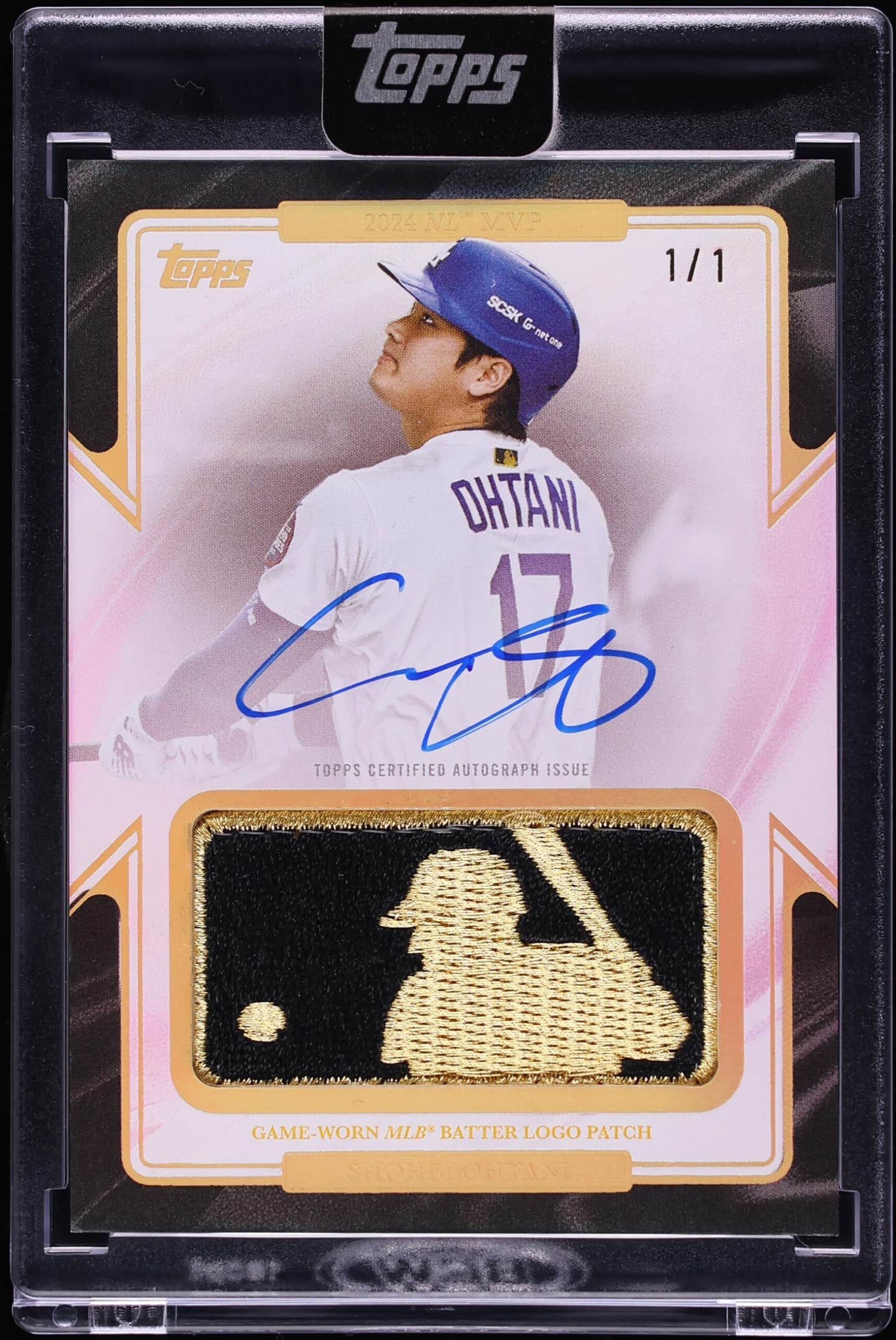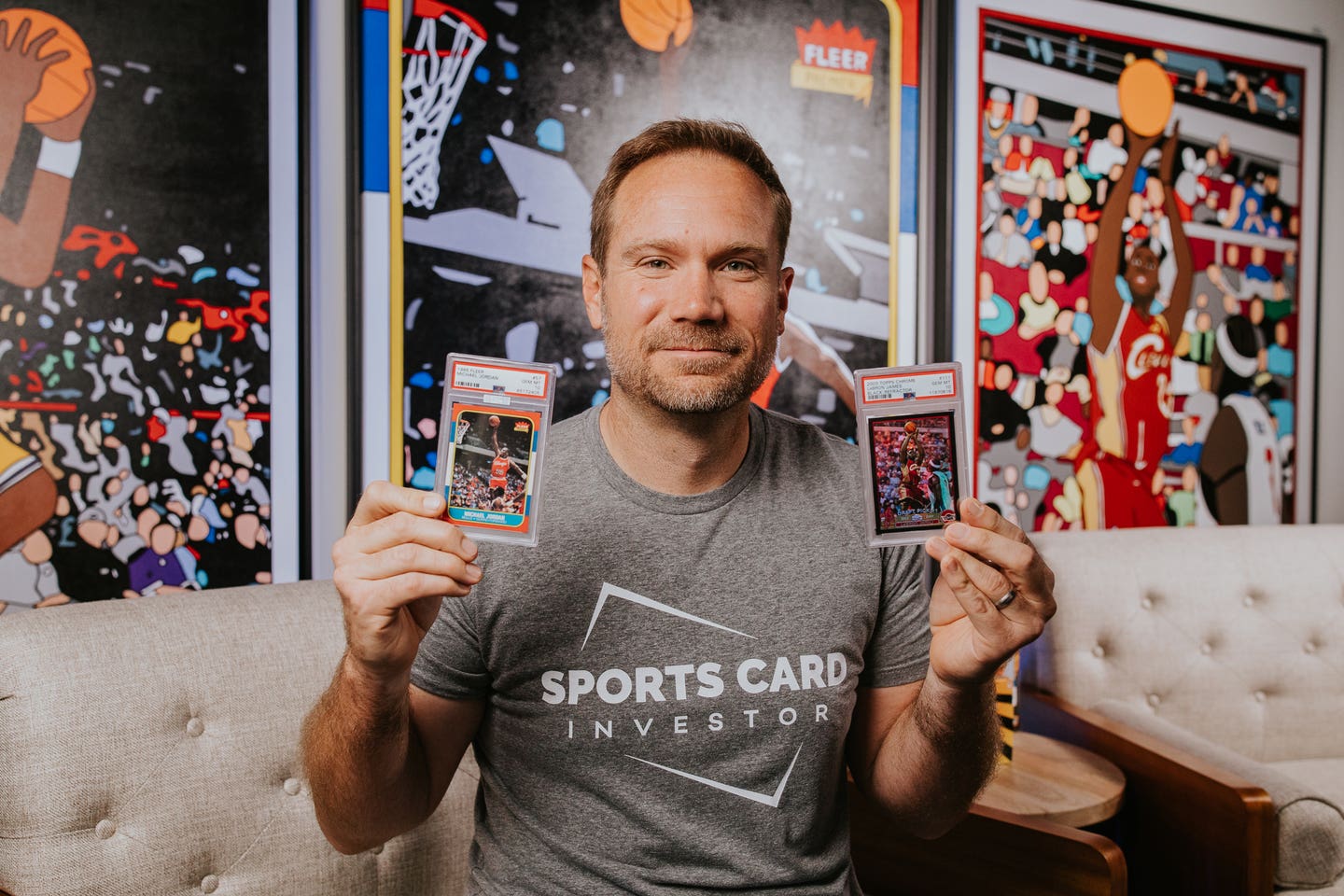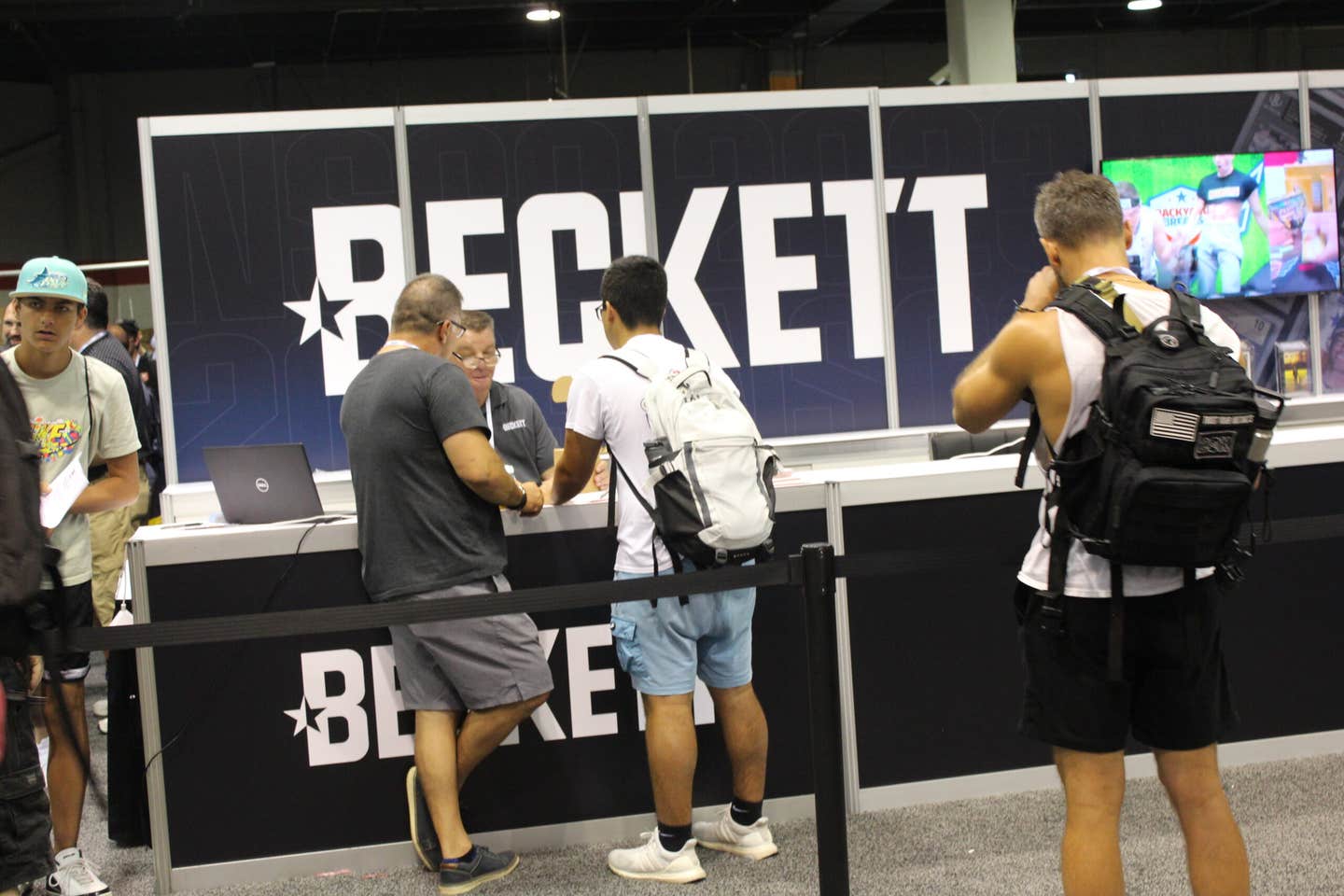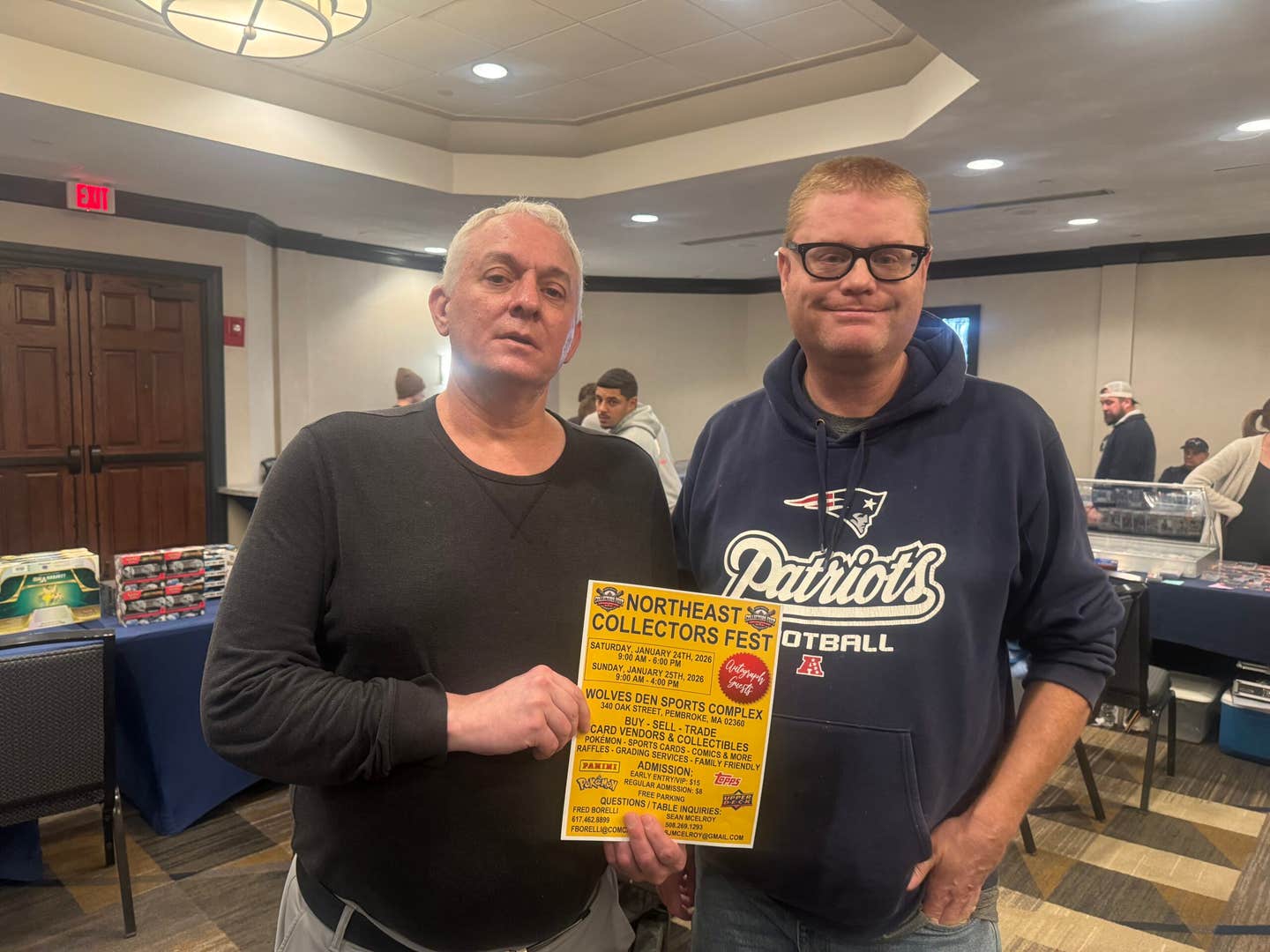News
Lets Go Mets; Swoboda called on Saturday …
Working on Saturdays is rarely a treat, but this past one wasn’t too shabby at all, given that right around the middle of the day, I got a phone call from one of the true Flushing Meadows giants (Mets, really) of my youth. Ron Swoboda (shown at right in a photo from atop the Empire State Building – Ron Berg photo) , one of the darlings of the franchise from the mid-1960s at Shea Stadium, was on the line, calling from his car as he headed home to New Orleans where he’s lived for the past 15 years.
The occasion for this was fairly straightforward: Swoboda’s stunning catch of a Brooks Robinson line drive from the 1969 World Series is being commemorated in a 40th anniversary limited-edition photo that has been signed by both players.
www.nydailynews.com/catch <http://www.nydailynews.com/catch
I’ll have more on that in a later blog after I’ve written up the notes from the interview, but I wanted to take note of the special nature of Ron Swoboda’s relationship with Mets fans in the 1960s. A lifetime .242 hitter with 73 home runs in a nine-year career with the Mets, Expos and Yankees (mostly Mets), his place in Flushing folklore (try saying that quickly three times) is wildly disproportionate to his numbers. And that’s why it was a thrill to get the phone call.
As a teenager who would take in 15-20 Mets games a year from 1965-68, I was as taken with the young slugger just as much as the rest of the faithful. Swoboda arrived in 1965, with the Mets legendary mediocrity already established, duly exploited and on the verge of become tiresome.
Trust me, you had to be at Shea in those days to feel the excitement as the denizens of an almost brand-new stadium embraced a 21-year-old rookie who captured their hearts virtually from the first day. He socked 19 home runs and led the team, which obviously helped his popularity, but the affection from the fans really stemmed from something much less tangible than his stats (he hit .228).
Nope, we loved him because he was young, he played hard and seemed like one of the guys from the neighborhood who just happened to have the right stuff to get up to the majors. After three years of watching various old geezers that the Mets had tried to recycle from other National League teams (most prominently the Dodgers and Giants), it was cool – and hopeful – to have some of our own young guys coming up. Even in 1965, with a 10th-place finish by virtue of 112 losses, there were still plenty of NL retreads left on the roster, but there also were some young guys, too, like Ed Kranepool and a scrappy infielder named Ron Hunt. And Swoboda.
The very attributes that we so saluted in Rocky – blue-collar roots, hustle, determination and maybe even an ability to get a bit more out our talent than might be expected – were the same things we might have hoped for ourselves. There was hope for the future, it seemed.
After enduring 343 losses in three years, that was welcome, indeed.








